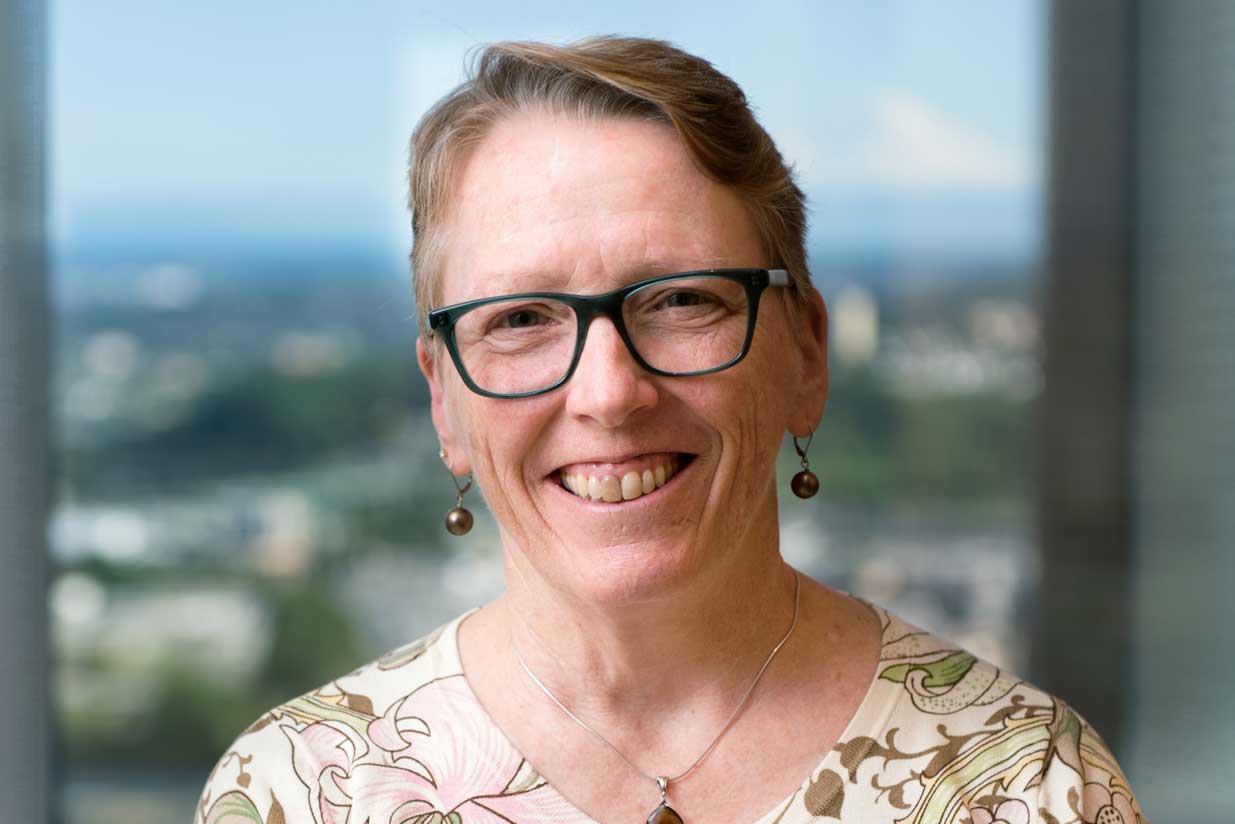
Sallie Neillie, who has served as executive director since 2006, retires at the end of June 2017.
As Sallie Neillie prepares to retire at the end of June, she reflects on her time with Project Access Northwest and what it has meant to her. This organization sometimes felt like “the little engine that could.” I think we can, I think we can, I think we can…
As I prepare for my retirement at the end of June, I cannot help but reflect on what my time with Project Access Northwest has meant to me. In my 11 years at the helm, this organization sometimes felt like “the little engine that could.” I think we can, I think we can, I think we can…
Gosh! I think we did!!
While many people believed in what we were trying to do, there were just as many people telling me that it would never work and that I was just a tad crazy! We started Project Access with a good idea—a “share-the-load,” distributed model of charity care. We would work across multiple specialists, systems and counties to help people who didn’t have access to the specialty care they needed. Thankfully, some key people joined me in my belief that we could make a difference—working with patients already covered by primary care services but without resources or access to much-needed secondary or tertiary care.
In our first year, we helped just over 600 patients by partnering with two health systems and providing care for patients at two locations (Swedish’s Mother Joseph Clinic and PacMed GI). We worked with a tiny handful of physicians, and we had one program—Care Coordination.
In 2016, we served over 10 times that number of patients in our Care Coordination program alone, and we partnered with more than 1,600 clinicians in just about every major system in King, Kitsap and Snohomish counties. We also had three other programs that supported both the low-income vulnerable patient population AND the hospital systems: Premium Assistance support, emergency room utilization support and in-patient discharge support. These programs served more than 6,200 additional patients in 2016.
Partnerships drive us forward
Through all this change and growth, one thing has remained constant. Partnerships. Partnerships with the community health centers and free clinics. Partnerships with specialty practices. Partnerships with hospital systems. Health care is complicated and complex. It’s working together—in partnership—for the health of the people we serve that brings us together and drives us forward.
I consider myself one of the luckiest people alive. I live in the beautiful Northwest. My values match the values of the state where I live. And I got to spend the most significant and meaningful part of my work life making a difference in the lives of people every day. For all this, I humbly thank you for the ability to do what I so believe in—and for your support and help along the way.